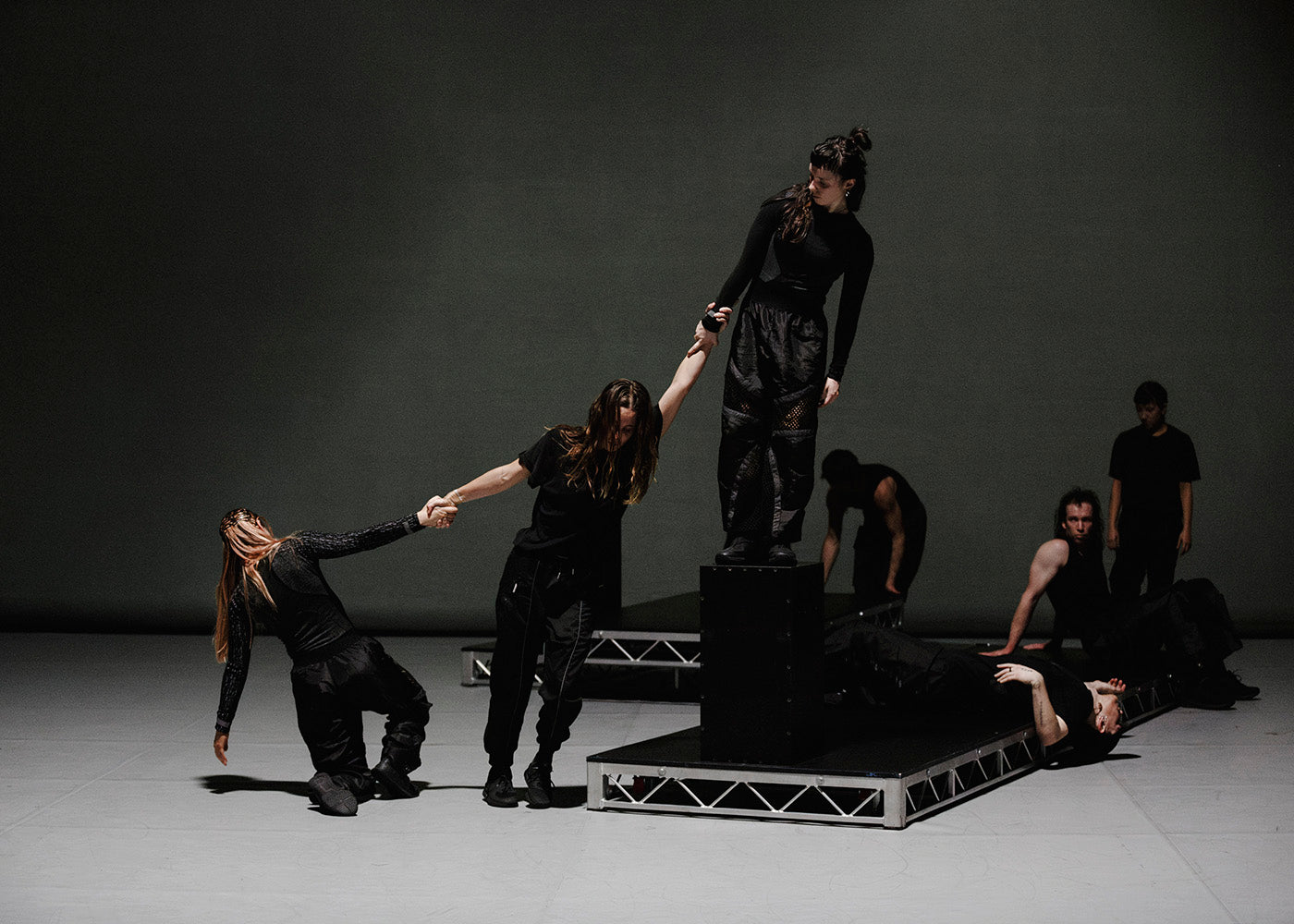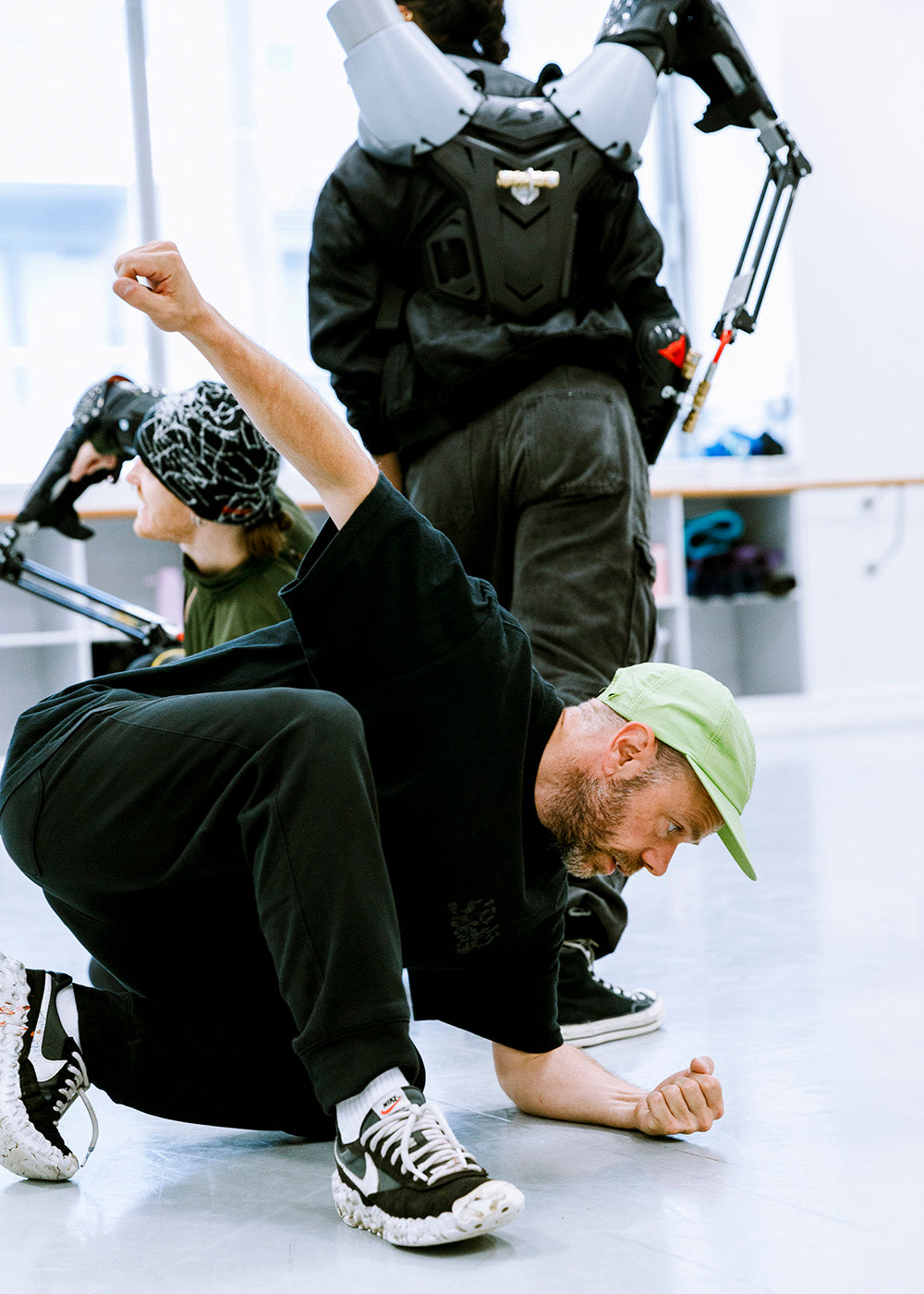Cosmic Echo
Birth + Carnage” is a fantastic title. The premise behind this show, which premiered at LaMama Experimental Theater Club at the end of December, was exciting too.
Continua a leggere
World-class review of ballet and dance.
Antony Hamilton is on the move. When he answers my Zoom call, the world-renowned choreographer is at the airport about to board a flight to London. This isn't a vacation, though: the Australian native, who is also the artistic director and co-CEO of Chunky Move, a Victoria-based contemporary dance company, is traveling with the troupe on their latest Europe and U.K. tour. Established in 1995, the company will be presenting “4/4,” Hamilton’s award-winning piece featuring a complex number counting system and street dance-inspired elements. In between announcements over the airport loudspeaker (“I think I’m leaving in twenty minutes!” Hamilton chuckles), I caught up with the choreographer about how he developed his movement practice, the distinct mathematical methodology he utilizes when choreographing, and the importance of exercising constraint in art. The UK premiere is at the Southbank Centre's Queen Elizabeth Hall on 8 - 9 November, with further shows in Brussels, Oslo, Heerlen, Porto, and Luxembourg.



“Uncommonly intelligent, substantial coverage.”
Your weekly source for world-class dance reviews, interviews, articles, and more.
Already a paid subscriber? Login

Birth + Carnage” is a fantastic title. The premise behind this show, which premiered at LaMama Experimental Theater Club at the end of December, was exciting too.
Continua a leggereIn 2017, David Bintley—Birmingham Royal Ballet’s then-director—adapted Sir Peter Wright’s much-loved 1990 production of “The Nutcracker” for London’s Royal Albert Hall.
Continua a leggereThis program of three works by William Forsythe set to the music of James Blake has special meaning for La Scala Ballet.
Continua a leggereUshering in the ninth season of Dance at the Odyssey, which takes place January 8–February 16 at the Odyssey Theatre Ensemble and features a number of cutting-edge choreographers and world premieres, curator, producer and festival co-founder Barbara Müller-Wittmann adores her job.
Continua a leggere
comments